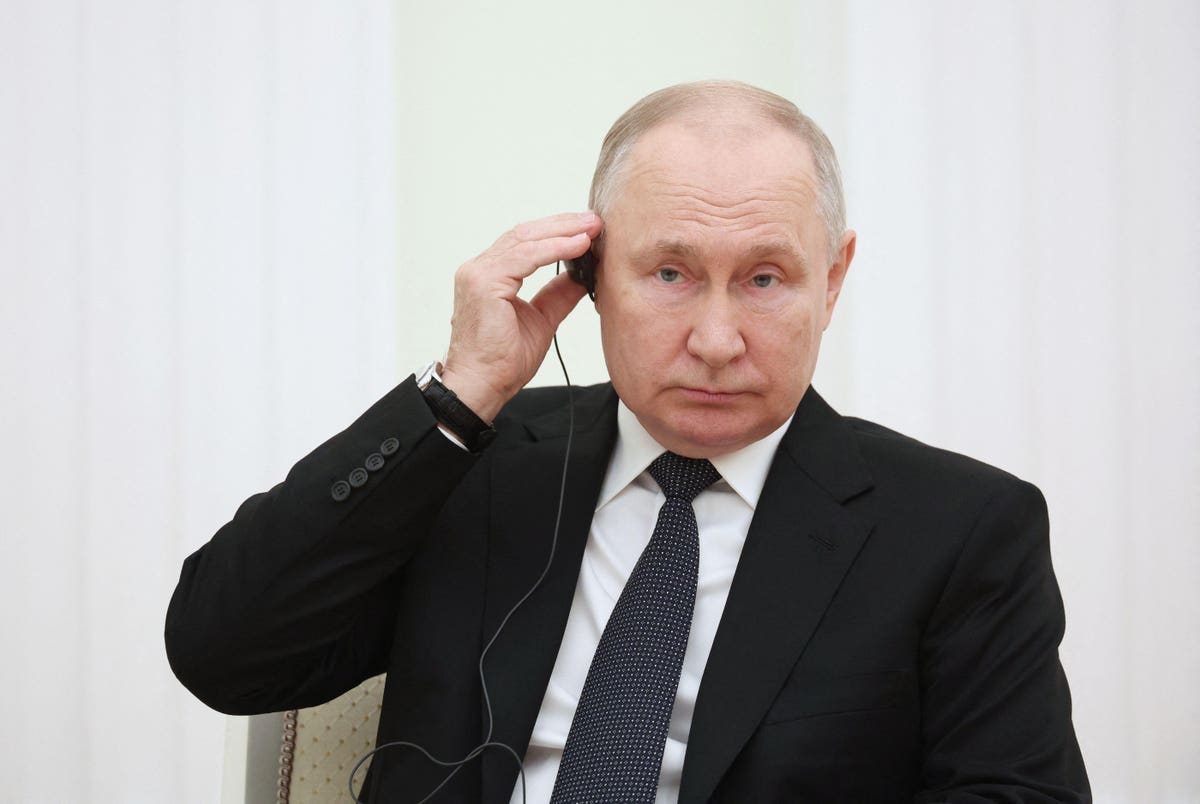Three stories from across the world are coming together as this article is published. We had the Iran prisoner swap deal, which is being brought under scrutiny with renewed hostilities in Gaza and Israel. There are other negotiations currently unfolding with Venezuela. Meanwhile Ben Harris, the architect of the Russia oil-price cap, says that the solution to its ineffectiveness is to lift the threshold.
While sanctions have managed to cause economic pain, they have failed to cause regime change or improve human rights conditions. It is not clear to what extent they have limited the capacity of Russia to wage war, if at all. Instead, it just seems that sanctions have become the cheap and easy tool for foreign policy, with little to show in terms of results.
Until recently, such a strategy was mostly employed against economically small countries. In a Foreign Policy article, Chatham House senior fellow Chris Sabatini said that “America’s love for sanctions will be its downfall”. If their effectiveness, and ethics, were already being questioned, what can we expect if more and larger nations are added to the list?
For Russian crude, the sky is the limit
Ben Harris, a former senior official at the US Treasury, helped create the strategy by the G7 and the EU to limit Russian oil revenues. It was conceived just months after the invasion of Ukraine, and it was meant to constrain the Russian state’s income while not upsetting oil markets, as a complete ban would have done.
Under current rules, companies in the G7 and the EU cannot be involved in transport of oil from Russia unless it’s priced below $60 a barrel. The primary, intended effect is that by blocking insurers, tankers would not accept to sail with Russian crude priced above the cap.
Russia nonetheless found various loopholes. We previously mentioned an insightful Financial Times article: Russia and related traders have been charging much higher freight costs, to offset the lower price per barrel. The British newspaper said: “analysis of ships running directly from Russia’s Baltic ports to India suggests that this overcharging, combined with fees earned from shipping the oil on Russia-linked vessels, may have been worth $1.2bn in the three months to July.”
Now the problem goes one step beyond. Russian oil is reaching a high enough price that the cap is becoming obsolete. The Urals crude price, currently at $77 a barrel (October 10th) even reached $85 on September 27th, well above the $60 limit set by the G7 – based on data from Argus Media.
After the invasion of Ukraine, Urals crude started trading at a steep discount from Brent, a US type of crude that is used as a benchmark for global prices. However, while the difference reached $30 in the past, now it is closer to $9. This means that Russian “barrels have steadily been rallying both in absolute and relative terms”, as explained by Alex Longley at Bloomberg.
It is in this context that Harris proposes that there should be “more enforcement” though with a different price cap: “If you’re going to commit to at least a moderate level of enforcement, then you have to commit to a high enough level of the price so that Russia doesn’t shut in the oil or look for alternative avenues for shipment”.
The International Working Group on Russian Sanctions found various instances where Russian oil was exported above the cap while using western insurance. In the Pacific port of Kozmino, prices averaged around $73 per barrel, all while making use of G7 and EU shipping service providers. The cap went into effect on December 5th, 2023.
The report also pointed out that global markets are changing fast since war broke out. Europe used to be the main market and set the price; eastbound shipments were then subject to the “Asian premium”. In 2021, 53% of Russia’s crude was sold to Europeans. By the first quarter of 2023, according to the same researchers, China and India are buying up close to 75%. Demand from both countries, as well as other fast-growing Asian economies, is only forecast to rise.
The key problem remains that Russia is trying to make crude prices rise, and it is succeeding against an impotent strategy. Moscow has ordered production cuts alongside Saudi Arabia –which is making an even larger commitment. Once more, President Vladimir Putin hopes to influence politics in the West by driving energy price inflation.
The other guys across the street
Besides Russia, there are two key oil producers under comprehensive US sanctions –and to a lesser extent by other western countries. They are Iran and Venezuela. After a ruthless tightening under the Trump administration, both are ramping up production.
The White House has made some overtures with both, although it has been treading carefully. John Kirby, White House’s National Security Council spokesperson, said on Bloomberg that “We have not lightened [Iranian oil] sanctions” and “We are absolutely committed to enforcement”.
Iran has nonetheless been ramping up production since lows in 2020. In the last three years, it has risen by over 3 million bpd. Tehran has learned to live under sanctions, as it has endured them virtually since the Islamic Revolution of 1979.
Venezuela, on the other hand, has been granted a very small, yet crucial, form of sanctions relief. It was caught unprepared, relative to Iran’s four-decades-long experience and Russia’s buildup of a “war chest” since 2014. Sanctions therefore had a much deeper impact. In this scenario, the return of Chevron
CVX
Venezuelan oil production has been rising since the trough in 2020, when the drop in global demand was combined with new sanctions targeting third parties. In September, it reached 800,000 bpd according to Reuters, up from a low of just over 330,000 in June 2020. The average for the first three quarters of 2023 is 736,000 bpd based on secondary sources, and 808,000 on Venezuela’s oil ministry.
Sanctions have certainly led to increased hardship in Venezuela and Iran, was that the final intent? Alas, it is a matter of time for the targets to learn to adapt. With so many countries under sanctions, they are gravitating towards each other. Iran has at times sent an ailing Venezuela shipments of refined fuel and diluents, among other inputs. It has also helped repair a critical refinery.
Read the full article here





